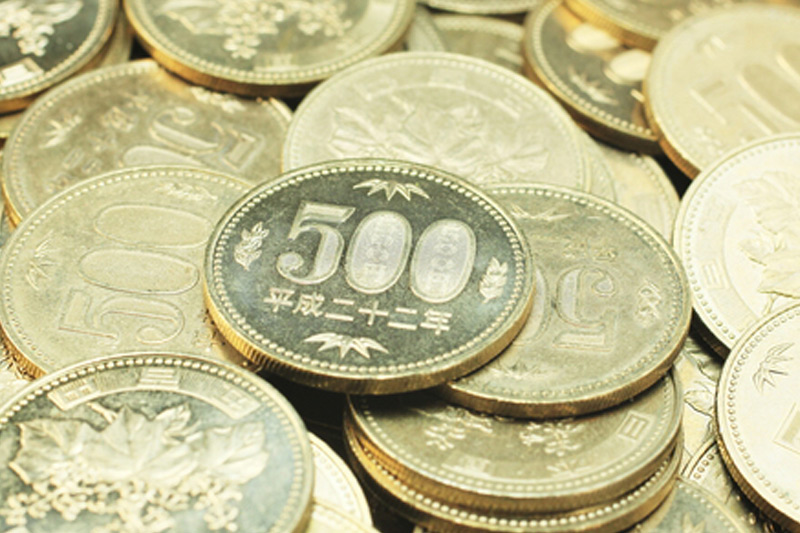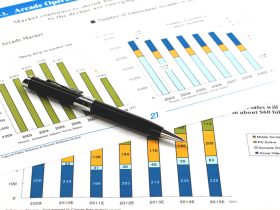By Joice Alves
LONDON (Reuters) – The yen weakened to a fresh 15-year low against the euro on Tuesday after a small step by the Bank of Japan (BOJ) towards ending years of monetary stimulus failed to appease some investors who had expected a bigger move, while euro zone economic growth and inflation moved lower.
At the conclusion of its two-day policy meeting, the BOJ further loosened its grip on long-term interest rates by tweaking its bond yield control policy again, taking another small step towards dismantling its controversial monetary stimulus of the past decade.
BOJ said it would keep the 10-year government bond yield around 0% set under its yield curve control (YCC), but re-defined 1.0% as a loose “upper bound” rather than a rigid cap.
It also removed a pledge to defend the level with offers to buy unlimited amount of bonds.
The euro jumped to a 15-year high against the Japanese currency, last up 1.3% at 160.35 yen.
The yen slid 1.2% to 150.89, a fresh one-year low as traders focused on the BOJ’s dovish pledge to “patiently” maintain accommodative policy and forecast inflation would drop back below 2% in 2025.
“This was another, likely the last, step ahead of dismantling the YCC altogether. However, the BOJ still needs confirmation that inflation has sustainably moved above the 2% target before they are ready to take bigger steps to normalisation,” said Frederik Romedahl, a director at Danske Bank.
HIGHER RATES FOR LONGER
Elsewhere, bets that interest rates will remain high supported the euro, up 0.1% to $1.0628, after touching a one-week high of $1.0675. The single currency looked set to reverse two straight months of losses with a 0.5% gain for October.
Euro zone inflation rose by just 2.9% in October from 4.3% in September, their slowest pace since July 2021, further easing any pressure on the European Central Bank (ECB) to hike rates.
With no-more rate hikes largely priced in, traders are on the watch for clues on when the central bank will start cutting rates.
A separate set of data pictured a weak euro zone gross domestic product (GDP), but the small decline of 0.1% in the three months to September doesn’t add pressure on the ECB to cut rates, analysts said.
“With euro zone growth coming in at an uninspiring -0.1% for the quarter, there is a feeling that tightening undertaken over the course of the past year has brought to the kind of soft landing and disinflationary environment the ECB has been aiming for,” said Joshua Mahony, Chief Market Analyst at Scope Markets.
The was last up 0.07% at 106.24.
While the index looked set to end the month broadly unchanged, analysts say the dollar remains underpinned by risks of another rate hike from the Federal Reserve, noting a still-resilient U.S. economy.
“The Fed can still have the luxury of sounding hawkish in its outlook, by stressing the ‘high for long’ narrative,” said Thierry Wizman, Macquarie’s global FX and interest rates strategist, ahead of the Fed’s policy decision due on Wednesday, where it is expected to hold rates steady.
Sterling was flat at $1.2160 ahead of an interest rate decision by the Bank of England later in the week where expectations are also for the central bank to stand pat.
Read the full article here











Leave a Reply